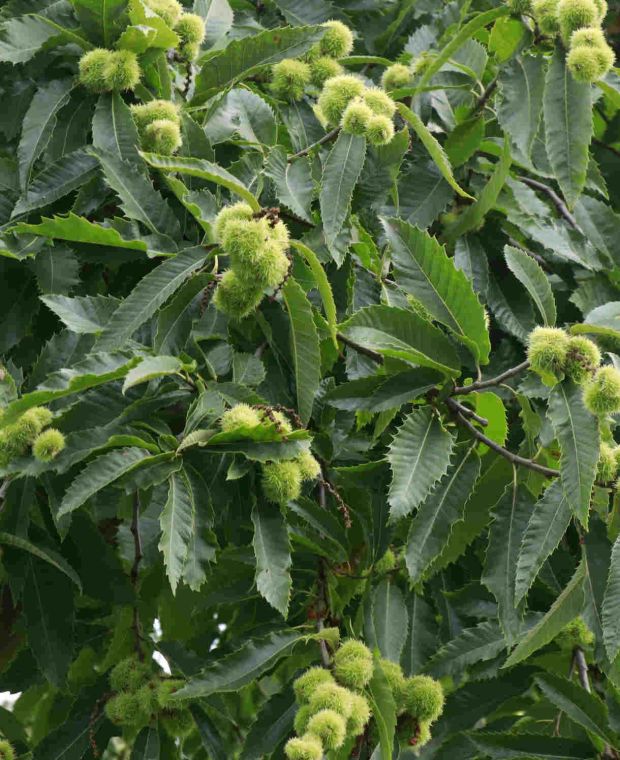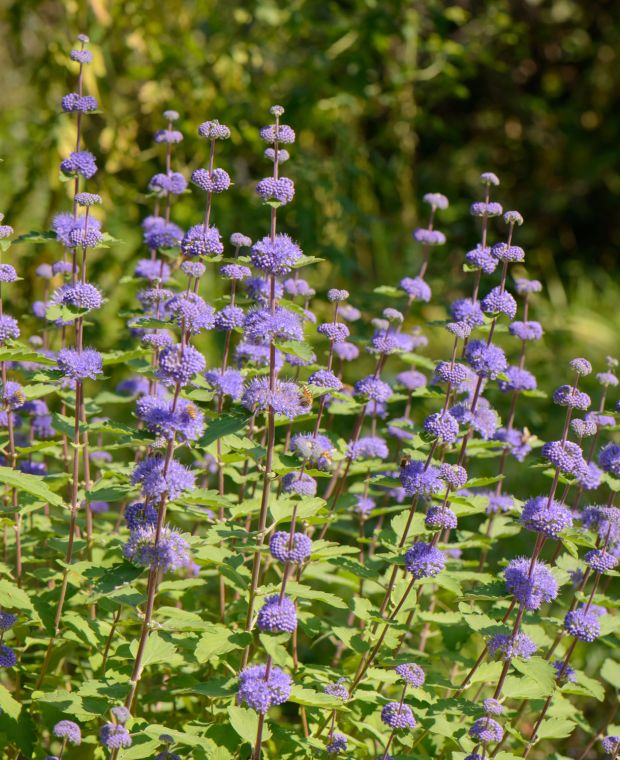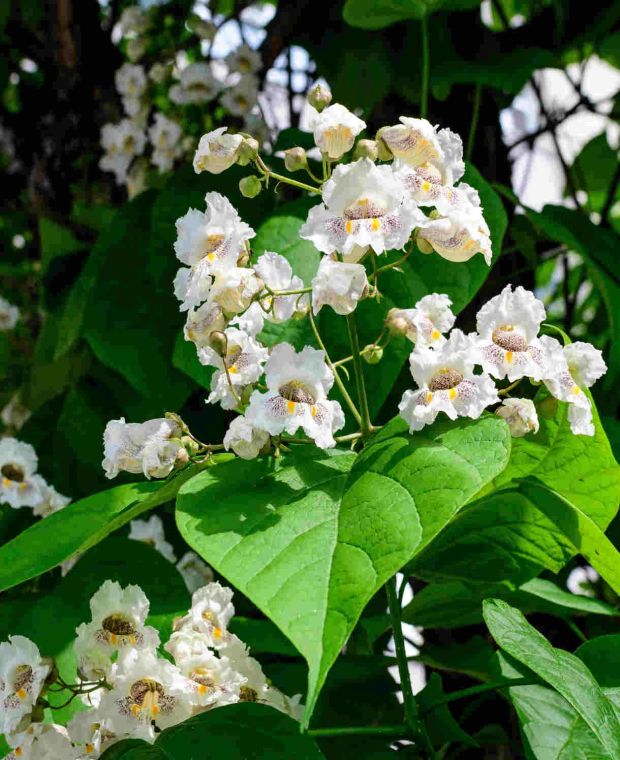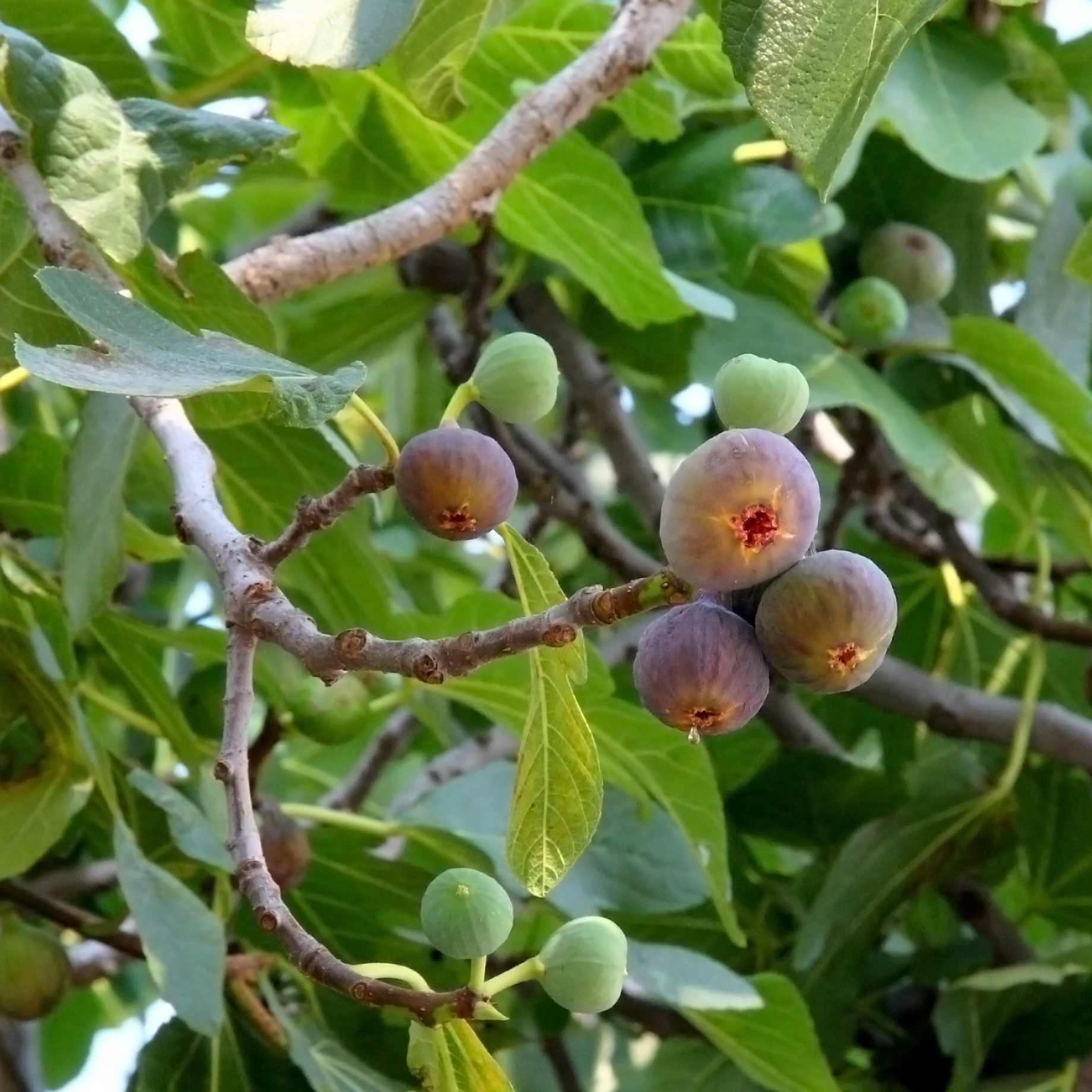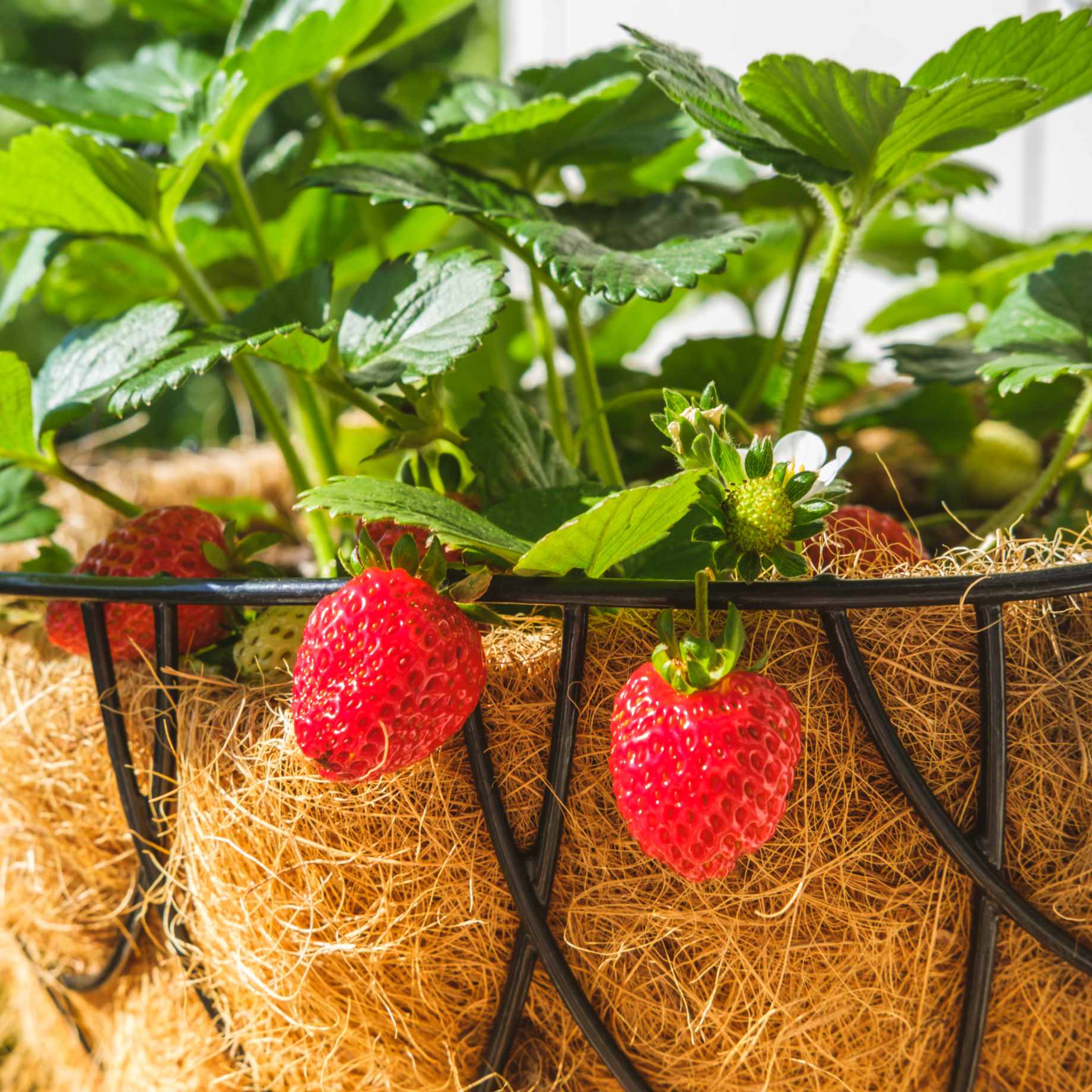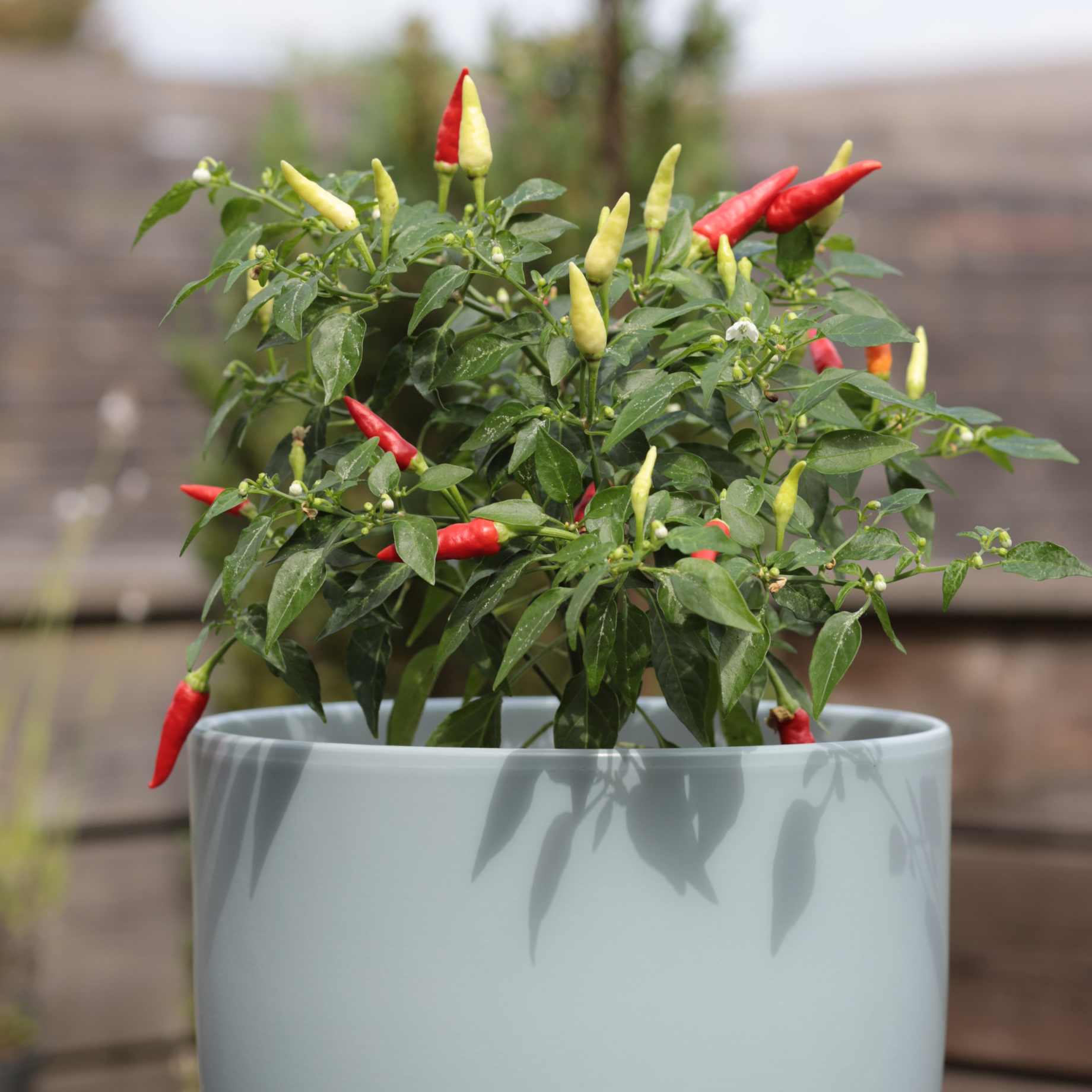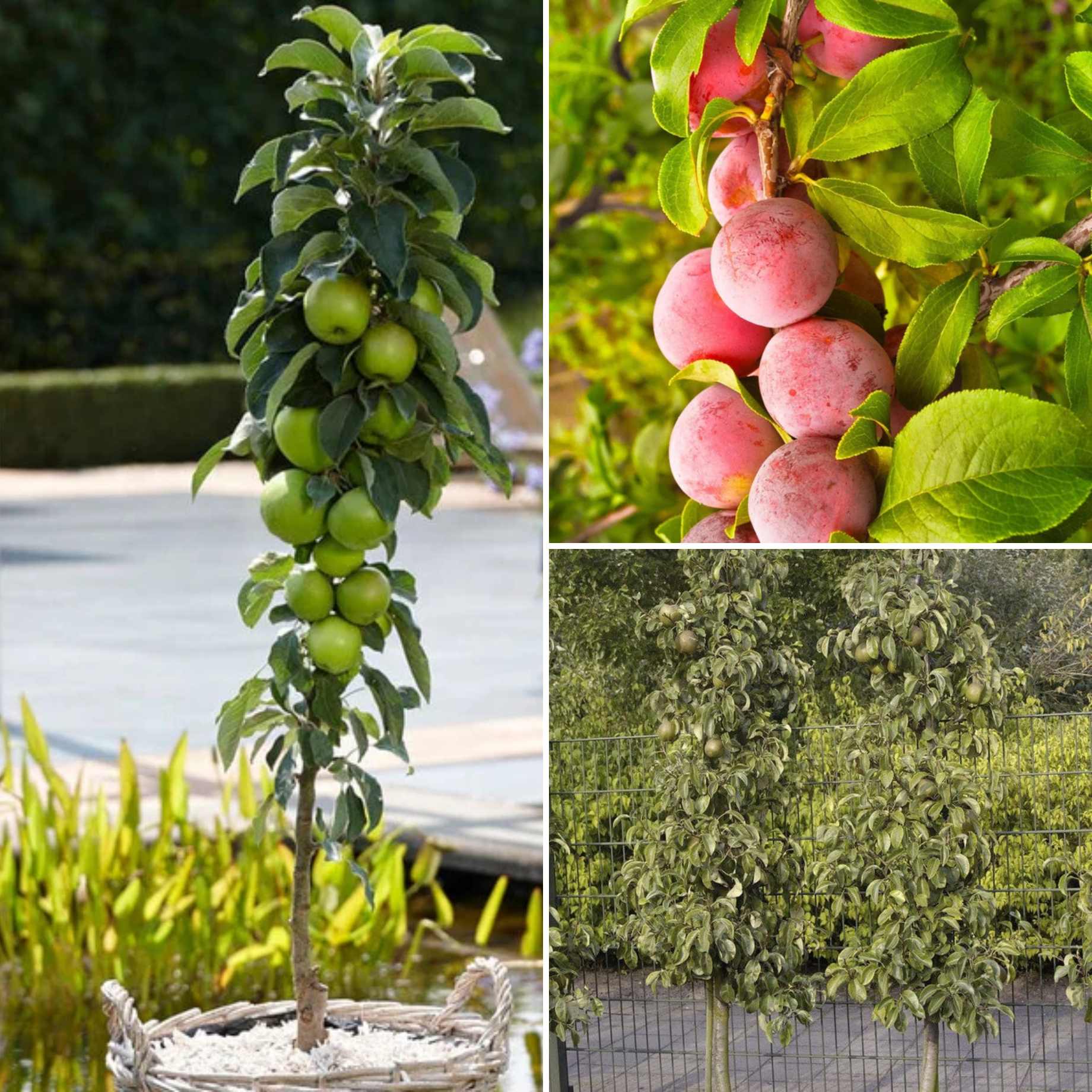Tell Me More…
Brought to the UK by the Romans from Southern Europe, Western Asia and North Africa and now a familiar site in parks and woodlands. One of the top picks for longevity, Castanea sativa can live for up to 700 years – a true legacy for generations to come. Grey-purple bark develops fissures as it matures. Long, yellow catkins emerge June to August, followed by delicious nuts – encased in beautiful spikey coverings – in mid to late autumn. The tree is self-pollinating and produces nuts after around 20 years.Castanea sativa is hardy and belongs to the same family as oaks and beeches. It can develop a vast trunk, up to 2m in diameter, so be sure to give it plenty of space to grow if not planting for coppicing or intending to pollard and keep small. Foliage is also large, with pointed tips and toothed edges that offer decorative shade from March to November.Plant in well-drained soil of any type except clay and avoid areas with an alkaline pH. Trees are drought tolerant once established
Key Information
| Latin Name | Castanea sativa |
|---|---|
| Common Name | Sweet Chestnut |
| Hardiness | H6 (-15 to -20°C) |
| Colour | Yellow |
| Format | 2 Litre Pots |
| Position | Full-Sun |
| Foliage | Deciduous |
| Height in Maturity (m) | 25.00 m |
| Spread in Maturity (m) | 10.00 |
| Soil Conditions | Chalk Loam Sand |
| Soil Acidity | Acid Neutral |
| Aspect | East-facing, North-facing, South-facing, West-facing |
| Scented | Yes |
| Drought Tolerant | Yes |
| Good for wildlife | Yes |
| Good for pollinators | Yes |
| Good for cutting | Yes |

